How to Conduct a Crime Scene Investigation: Steps and Procedures for Collecting and Analyzing Evidence
Crime scene investigation is an essential process in solving crimes. It involves gathering and analyzing evidence to determine the cause and perpetrator of a crime. As a professional and experienced article writer and content creator, I have had the opportunity to work with law enforcement agencies and forensic experts to understand the nitty-gritty of conducting a crime scene investigation.
In this article, I will be sharing my knowledge of the steps and procedures involved in conducting a crime scene investigation. I will be discussing the importance of securing the crime scene, documenting the scene, collecting evidence, and analyzing evidence.
Importance of Securing the Crime Scene
Securing the crime scene is the first and most crucial step in a crime scene investigation. It involves preventing unauthorized persons from accessing the scene to avoid contamination or destruction of evidence.
Documenting the Scene
Documentation involves taking notes, photographs, and sketches of the crime scene. It is essential to document the scene before any evidence is collected or tampered with.
Collecting Evidence
Evidence collection involves identifying, collecting, and preserving physical evidence that may be relevant to the crime. It could be fingerprints, DNA, hair, fibers, or any other trace evidence.
Analyzing Evidence
Analyzing evidence involves processing and testing collected evidence to determine their relevance to the crime scene. It could involve analyzing bloodstains, DNA, or ballistics to determine the weapon used in the crime.
Overall, this article will provide you with a comprehensive guide on how to conduct a crime scene investigation and the procedures involved in collecting and analyzing evidence.
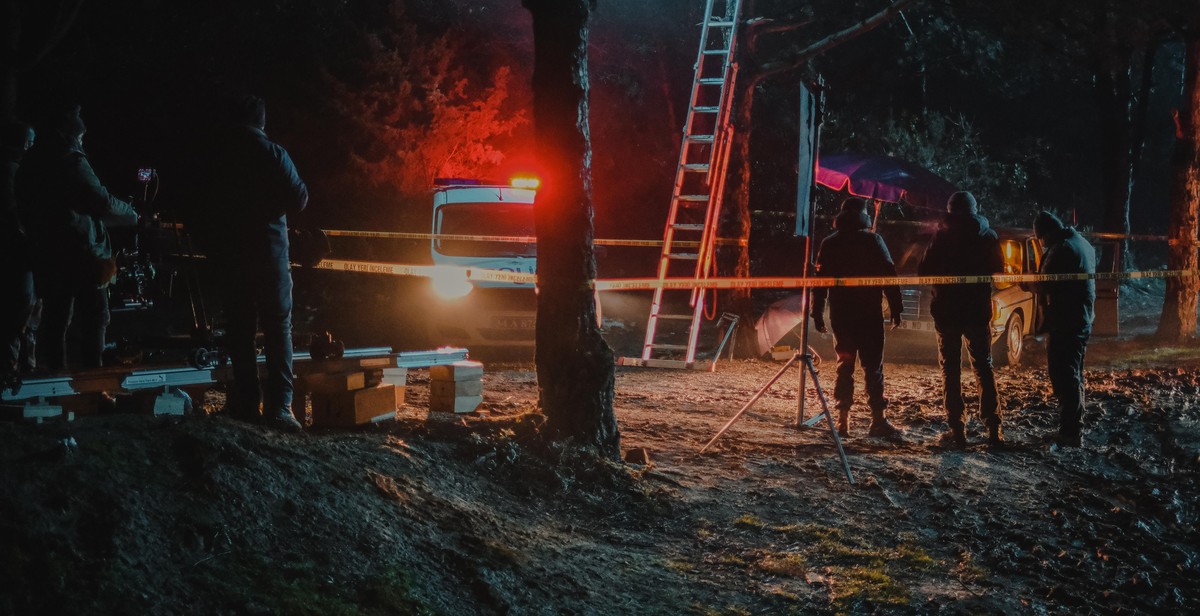
Step 1: Secure the Scene
When arriving at a crime scene, the first step is to ensure the safety of all individuals in the area. This includes both the investigator and any potential witnesses or suspects. Assessing the scene and securing it is crucial to ensuring that no evidence is contaminated or destroyed.
Assess the Scene
Before entering the crime scene, assess the situation to determine any potential hazards. This includes identifying any dangerous chemicals, weapons, or other hazards that may pose a threat to the investigator or others. Additionally, assessing the scene can help determine the scope of the investigation and the resources needed to properly collect and analyze evidence.
Establish Boundaries
Once the scene has been assessed, establish boundaries to prevent unauthorized individuals from entering the area. This includes setting up physical barriers, such as tape or cones, and designating specific entry and exit points. It is important to ensure that these boundaries are clearly marked and that all individuals are aware of them to prevent contamination of evidence.
Document the Scene
After securing the scene, document it thoroughly. This includes taking photographs and videos of the area, as well as creating sketches and notes detailing the layout and any potential evidence. It is important to document the scene before any evidence is collected or disturbed to ensure that the investigation is conducted accurately. Additionally, documenting the scene can help identify potential witnesses and suspects.
Overall, securing the scene is the first and most important step in conducting a crime scene investigation. By assessing the scene, establishing boundaries, and documenting the area, investigators can ensure the safety of all individuals involved and prevent contamination of evidence.
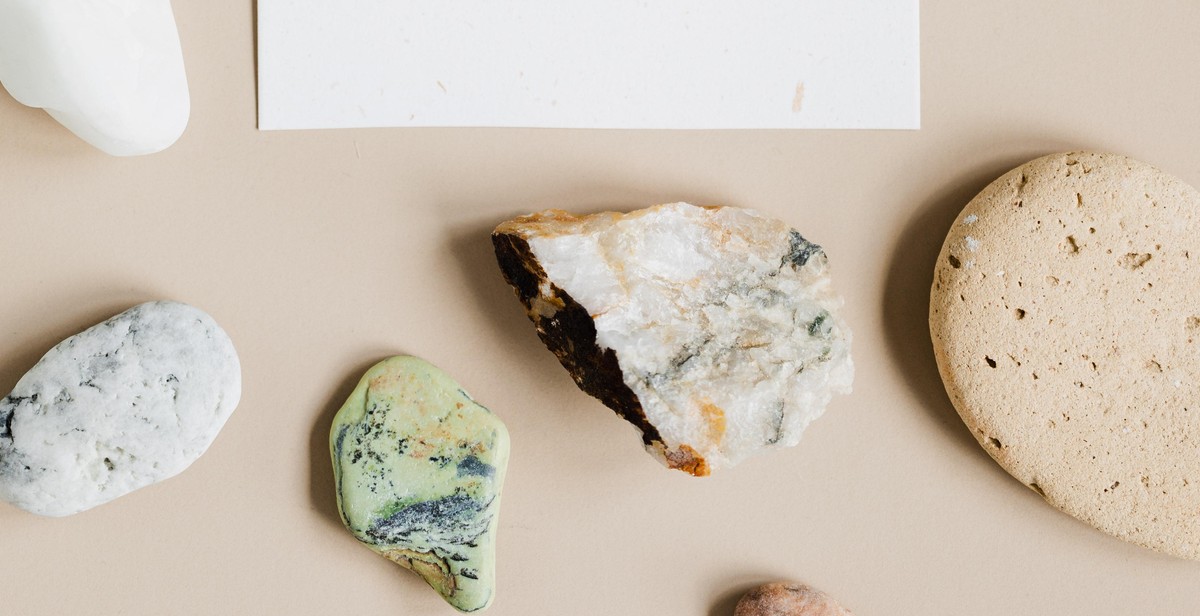
Step 2: Collect Evidence
Collecting evidence is a crucial step in any crime scene investigation. It is important to collect all possible evidence as it can help solve the case and bring justice to the victim. There are different types of evidence that can be collected, and each requires specific collection techniques and proper packaging and labeling.
Types of Evidence
There are several types of evidence that can be collected at a crime scene:
- Physical evidence: such as fingerprints, hair, fibers, and DNA samples.
- Biological evidence: such as blood, saliva, semen, and other bodily fluids.
- Trace evidence: such as soil, glass fragments, and paint chips.
- Documentary evidence: such as photographs, videos, and written documents.
Collection Techniques
Collection techniques vary depending on the type of evidence being collected:
- Fingerprints: should be lifted using fingerprint powder and tape or a fingerprint brush and powder. They should then be placed on a clean card and labeled.
- Blood: should be collected using a sterile swab or a clean piece of cloth and placed in a paper envelope or a bloodstain card.
- Hair: should be collected using tweezers or gloved hands and placed in a paper envelope or a plastic bag.
- Documents: should be photographed and placed in a protective sleeve or a plastic bag.
Packaging and Labeling
Proper packaging and labeling of evidence is crucial to maintain the integrity of the evidence and prevent contamination:
| Evidence Type | Package Type | Labeling |
|---|---|---|
| Physical evidence | Paper envelope or a plastic bag | Date, time, location, and a brief description of the evidence |
| Biological evidence | Sealed paper envelope or a bloodstain card | Date, time, location, and a brief description of the evidence. The collector’s initials should also be included. |
| Trace evidence | Sealed paper envelope or a plastic bag | Date, time, location, and a brief description of the evidence. The collector’s initials should also be included. |
| Documents | Protective sleeve or a plastic bag | Date, time, location, and a brief description of the document. The collector’s initials should also be included. |
By following proper collection techniques and packaging and labeling procedures, the evidence collected can be used in court to bring justice to the victim.

Step 3: Analyze Evidence
Once the evidence has been collected and preserved, the next step is to analyze it. The analysis of evidence is a critical step in any crime scene investigation, as it can help investigators piece together what happened and who was involved.
Preserving Evidence
Before analyzing any evidence, it is important to ensure that it has been properly preserved. This means that it must be stored and handled in a way that prevents contamination, deterioration, or loss of integrity. The chain of custody must also be maintained to ensure that the evidence is admissible in court.
Examining Evidence
Once the evidence has been preserved, it can be examined in detail. This may involve a range of techniques, from visual inspection to scientific analysis, depending on the nature of the evidence. For example, fingerprints may be lifted and analyzed using specialized equipment, while blood samples may be sent to a forensic laboratory for DNA analysis.
Interpreting Results
Finally, the results of the analysis must be interpreted. This involves drawing conclusions based on the evidence that has been collected and analyzed. For example, if a fingerprint found at the scene matches the suspect’s fingerprint, this may be used as evidence to link the suspect to the crime.
Overall, analyzing evidence is a complex and challenging process that requires a high level of expertise and attention to detail. By following proper procedures for preserving, examining, and interpreting evidence, investigators can ensure that they gather the information they need to solve crimes and bring perpetrators to justice.
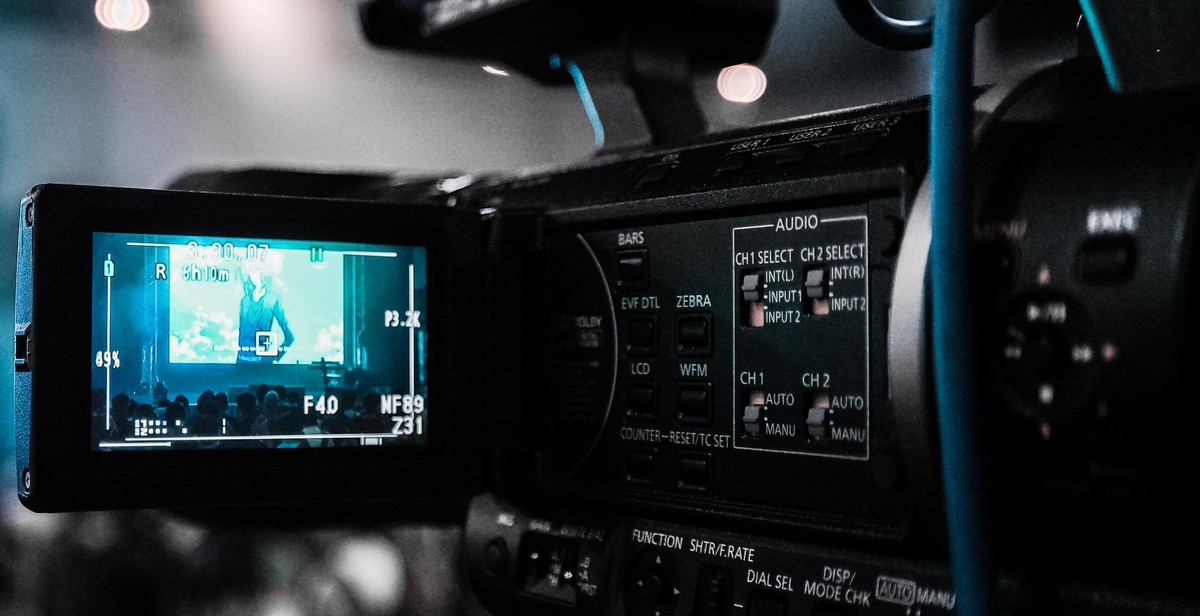
Step 4: Interview Witnesses
One of the crucial steps in a crime scene investigation is to identify and interview witnesses. Witnesses can provide valuable information that can help solve the case. It is important to conduct interviews as soon as possible to ensure that the witness’s memory is still fresh.
Identify Witnesses
The first step in interviewing witnesses is to identify them. Witnesses can be anyone who may have seen or heard something related to the crime. This can include bystanders, neighbors, family members, and even suspects. The crime scene investigator should talk to the first responders and the victim to get an idea of who may have witnessed the crime.
Conducting Interviews
When conducting interviews, it is important to establish a rapport with the witness and make them feel comfortable. The investigator should introduce themselves, explain the purpose of the interview, and assure the witness that they are not a suspect.
The investigator should ask open-ended questions to allow the witness to provide as much information as possible. It is essential to ask follow-up questions to clarify any details and ensure accuracy. The investigator should take detailed notes and record the interview if possible.
It is important to keep in mind that witnesses may be traumatized by what they saw or heard. The investigator should be empathetic and understanding, and offer support if needed.
Conclusion
Interviewing witnesses is a crucial step in a crime scene investigation. By identifying and conducting interviews with witnesses, investigators can gather valuable information that can help solve the case. It is important to approach witnesses with empathy and understanding and ask open-ended questions to ensure accuracy.
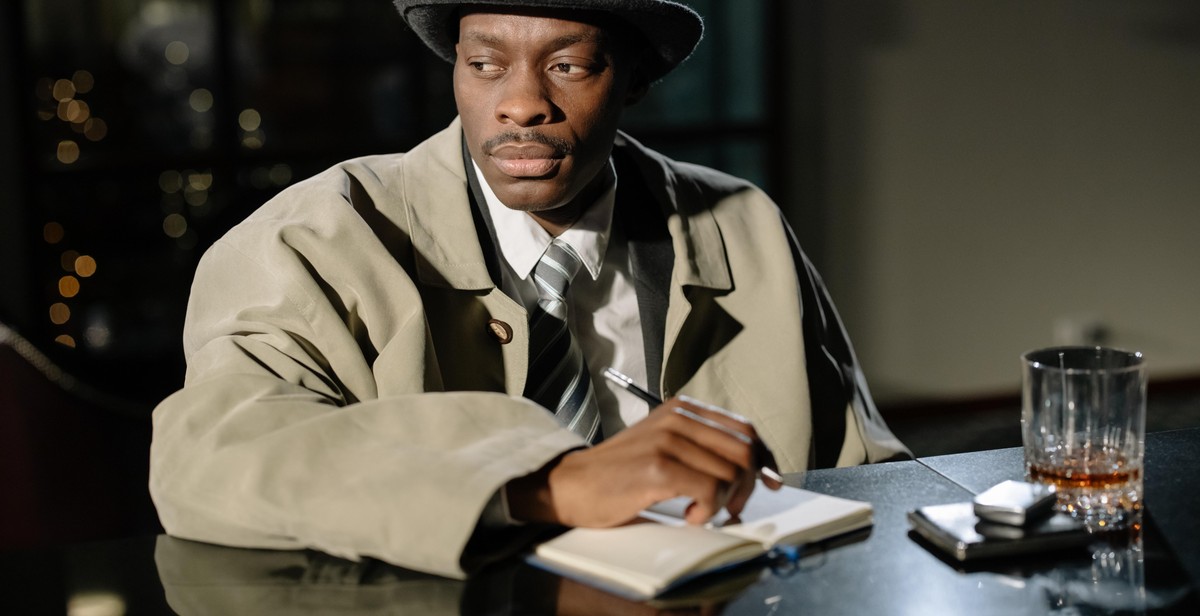
Step 5: Follow Up
After completing the initial investigation and collecting evidence, it is crucial to follow up on the case. Effective follow-up procedures can help to identify additional evidence and lead to the arrest and conviction of the perpetrator(s).
Documentation
Documentation is essential for successful follow-up procedures. All collected evidence must be carefully documented, including notes on the location and manner of collection, the identity of the collector, and the date and time of collection. Photographs and videos should also be taken to provide visual documentation of the crime scene.
Additionally, all interviews with witnesses and suspects should be documented, including the identity of the interviewer, the date and time of the interview, and the statements made by the interviewee.
Continuing the Investigation
After the initial investigation, it is essential to continue gathering evidence and interviewing witnesses to build a strong case. This may involve re-visiting the crime scene or conducting forensic analysis on collected evidence.
It is also important to collaborate with other law enforcement agencies, such as the FBI or local police departments, to gather additional information and resources.
Finally, it is crucial to maintain communication with victims and their families, keeping them informed of the investigation’s progress and any developments in the case.
Conclusion
Conducting a crime scene investigation requires a methodical and thorough approach, beginning with securing and documenting the crime scene and ending with effective follow-up procedures. By following these steps and procedures, investigators can help to ensure that justice is served and perpetrators are held accountable for their actions.
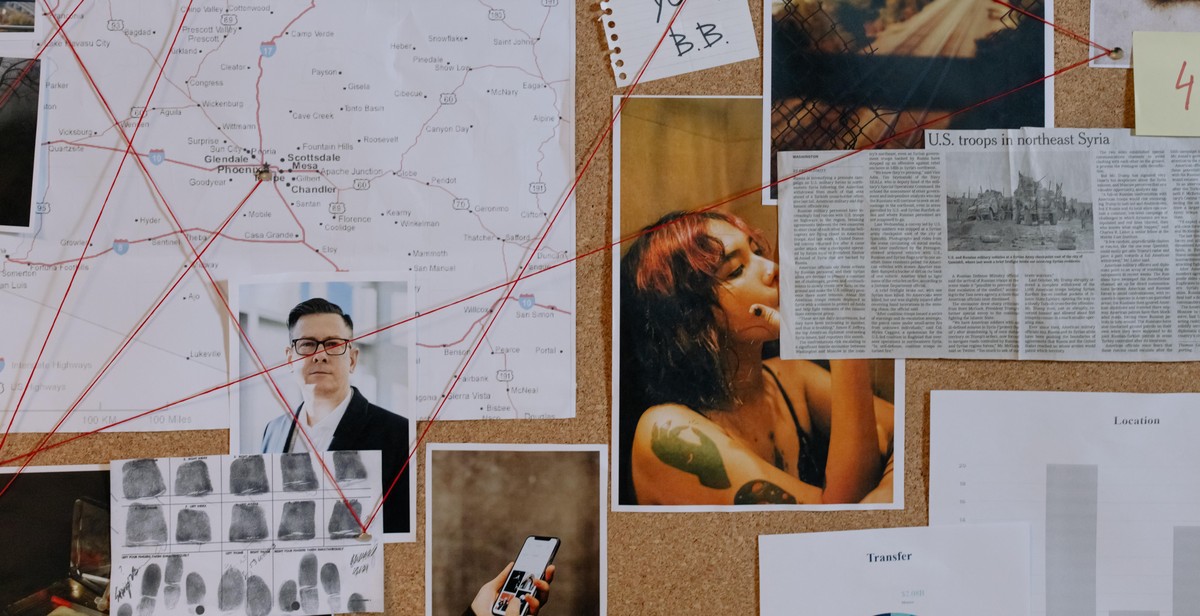
Conclusion
Conducting a crime scene investigation is a complex and challenging task that requires attention to detail, patience, and expertise. The steps and procedures outlined in this article are essential for collecting and analyzing evidence in a way that is both thorough and efficient.
One of the most critical aspects of a crime scene investigation is to ensure that all evidence is collected and preserved correctly. This involves taking photographs, sketches, and notes of the scene, as well as collecting physical evidence such as DNA, fingerprints, and other trace materials. It is also crucial to document the chain of custody of all evidence to ensure its admissibility in court.
Another critical aspect of a crime scene investigation is to analyze the evidence collected. This involves examining the evidence for any patterns or connections that may help identify a suspect or provide additional information about the crime. It is essential to use a variety of analytical techniques, including forensic science, to analyze the evidence accurately.
Ultimately, conducting a successful crime scene investigation requires a combination of technical expertise, attention to detail, and a thorough understanding of the legal system. By following the steps and procedures outlined in this article, investigators can ensure that they collect and analyze evidence in a way that is both effective and admissible in court.
